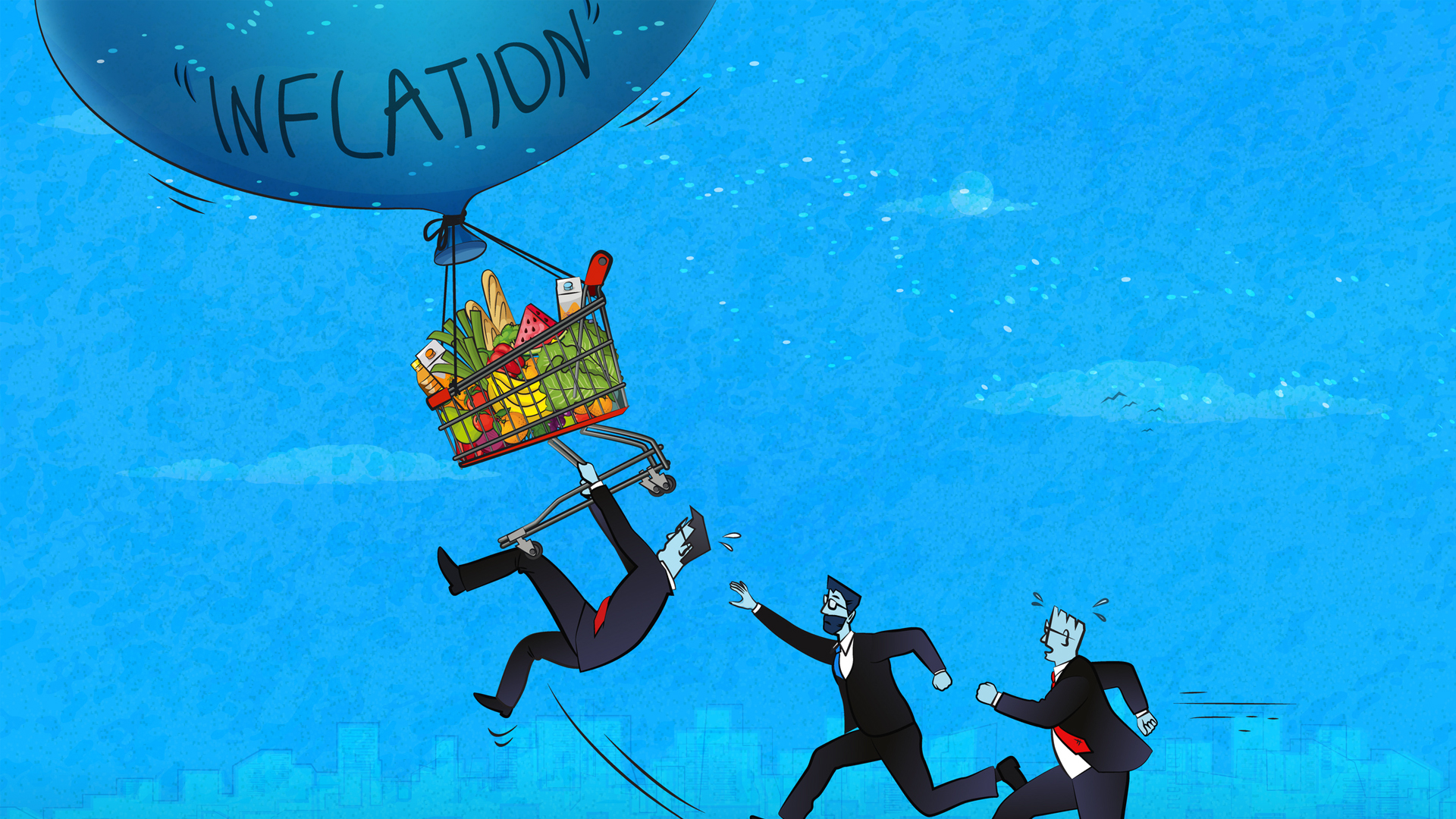
”œI’m actually surprised that it took this long” was my ini- tial response to the journalist who called me back in September.
New population estimates had been released by Statistics Canada, revealing a fast-growing population in the far western provinces of the coun- try and Ontario, and muted (if not neg- ative) growth elsewhere. The big story that the media focused on was that, for the first time ever, the combined popu- lation of Alberta and British Columbia exceeded that of Quebec.
In many respects, this is a non-event. So what if two provinces can claim that their combined population is larger than that of another single province? Quebec could claim that its population, combined with that of New Brunswick ”” a province with which it shares close economic ties ”” is still larger than that of Alberta and BC. Is this all just a game of combina- tions? Nova Scotia plus Prince Edward Island is larger than Saskatchewan. Quebec, BC and Manitoba are larger than Ontario. Who cares?
The more important and telling statistic is that of economic clout. The combined gross domestic product of Alberta and BC surpassed that of Quebec long ago. Alberta’s 2005 cur- rent-dollar GDP ($216 billion) plus BC’s ($168 billion) is already some 40 percent larger than Quebec’s GDP ($275 billion).
Economically, the Alberta-BC region is second only to mighty Ontario, and even this gap is closing.
If the combined economy of Alberta and BC ($385 billion) contin- ues to post a real rate of GDP growth of 5 percent, and Ontario’s ($538 billion) continues to grow at 2 percent, the two western provinces will overtake Ontario’s economic size in 2017 ”” a little more than a decade from now. Of course, these growth rates can’t be assumed. It’s not likely that Alberta and BC will be able to maintain real growth rates of 5 percent for 10 years in a row. Then again, it’s seeming less and less probable that Ontario will be able to eke out real growth of 2 percent, either.
Games with statistics, population figures and GDP growth rates can be interesting, and the rise of Alberta and BC has been a trend that no one can deny. Population and economic growth in BC and Alberta has been out- pacing the national averages for decades, give or take a few bad stretches here and there.
Yet it amounts to nothing if it doesn’t translate into something con- crete. And on this point, it all gets back to politics and power in Ottawa.
The fact that Quebec has 75 seats in the House of Commons, compared with the 64 seats for Alberta and BC combined, is what makes most west- erners grumpy. And that includes the new seats awarded to the two western provinces after the last census adjust- ment. It gets worse if you tally up the seats in the Upper Chamber (24 Senate seats for Quebec, and only 6 each for Alberta and BC).
Setting aside the whole Senate debate ”” which is a whole different issue ”” it’s a valid question to ask, as many westerners are: why are seats in the House of Commons so seemingly disconnected to population? Isn’t ”œrep-by-pop” one of the features of the House?
We can expect that the seat distri- bution in the House of Commons will face another adjust- ment after the 2006 census figures are in, and we can be fairly certain that Alberta, BC and Ontario will all get more seats. But because of the com- plexities of the formula governing seat reallocation to the growing provinces ”” and the fact that no province will lose seats ”” we will only be somewhat closer to true ”œrep-by-pop.”
In the meantime, Alberta and BC will continue to grow. Their combined population will be closing in on 9 mil- lion before the 2010 Winter Olympics are over. Economically, the two provinces are expected to lead the country for the next few years ”” that is, if energy prices and construction activity hold up. The two provinces are also leading the way in Canada in showing how to break down all of the silly trade and investment barriers that still linger across Canadian provincial borders.
Yet some global perspective is war- ranted. Despite the stellar growth rates that Alberta and BC are anticipating, by 2010 the region’s combined popu- lation will still be only that of Hungary, Sweden or Belarus ”” hardly global heavyweights. It will be only slightly larger than Ireland and Finland combined. It may have sur- passed Quebec, but let’s face it ”” you can do all the fun math games you want, but in the grand scheme, Alberta and BC will still be small fish in a very big global pond.







